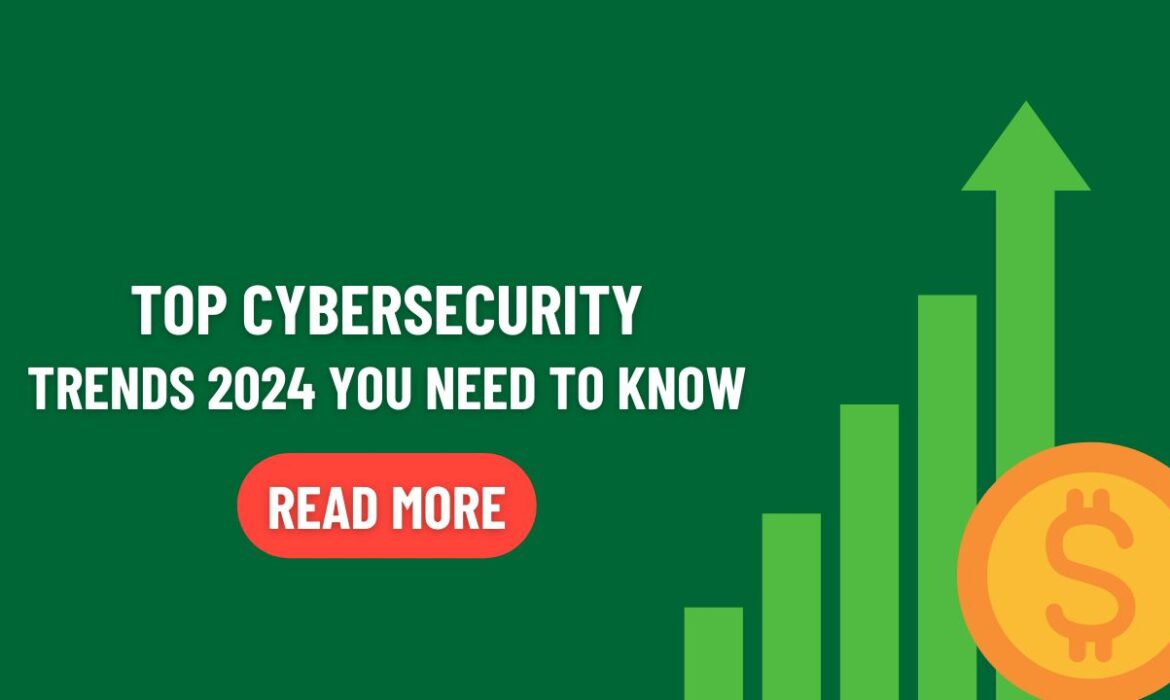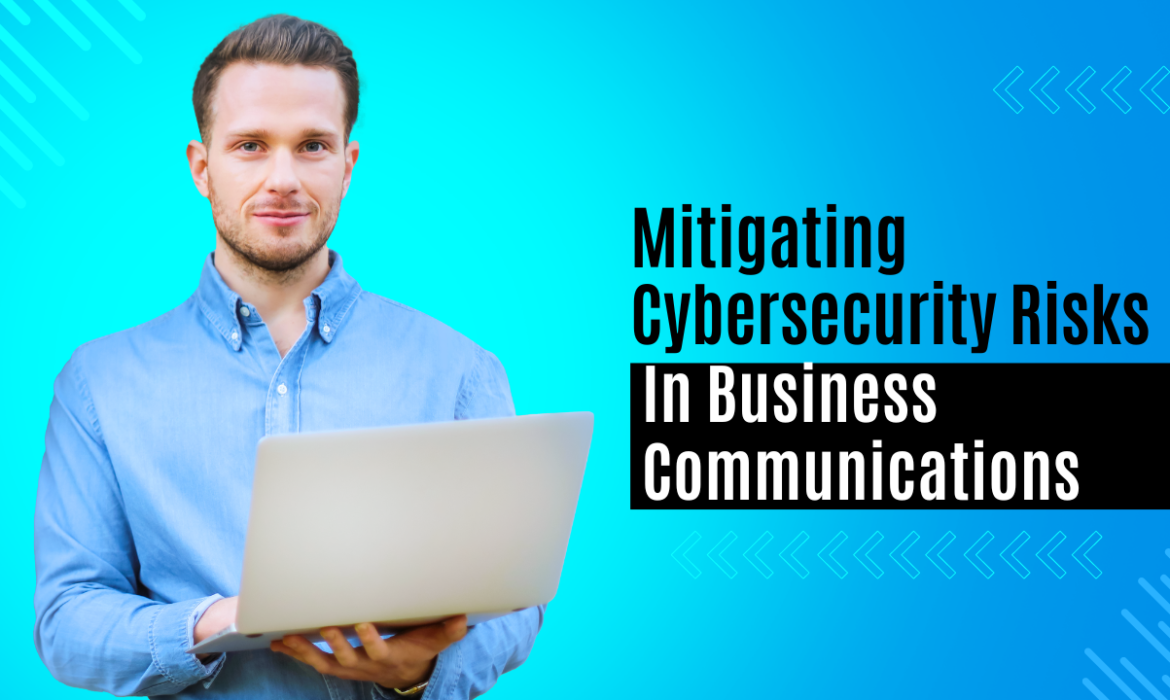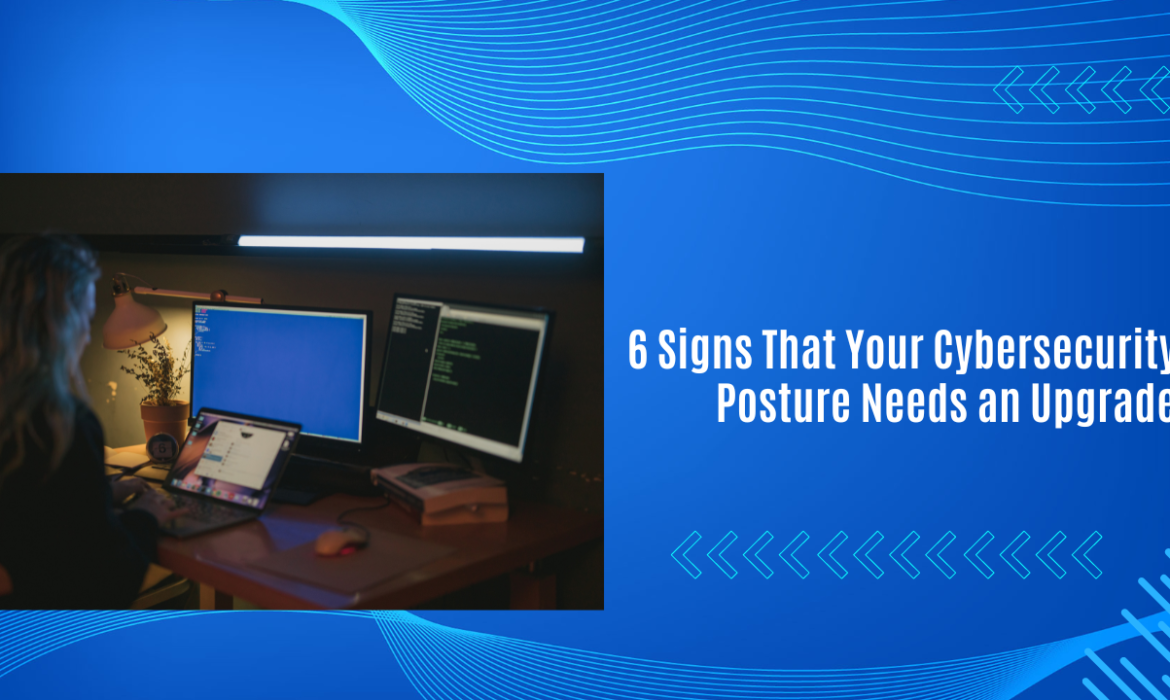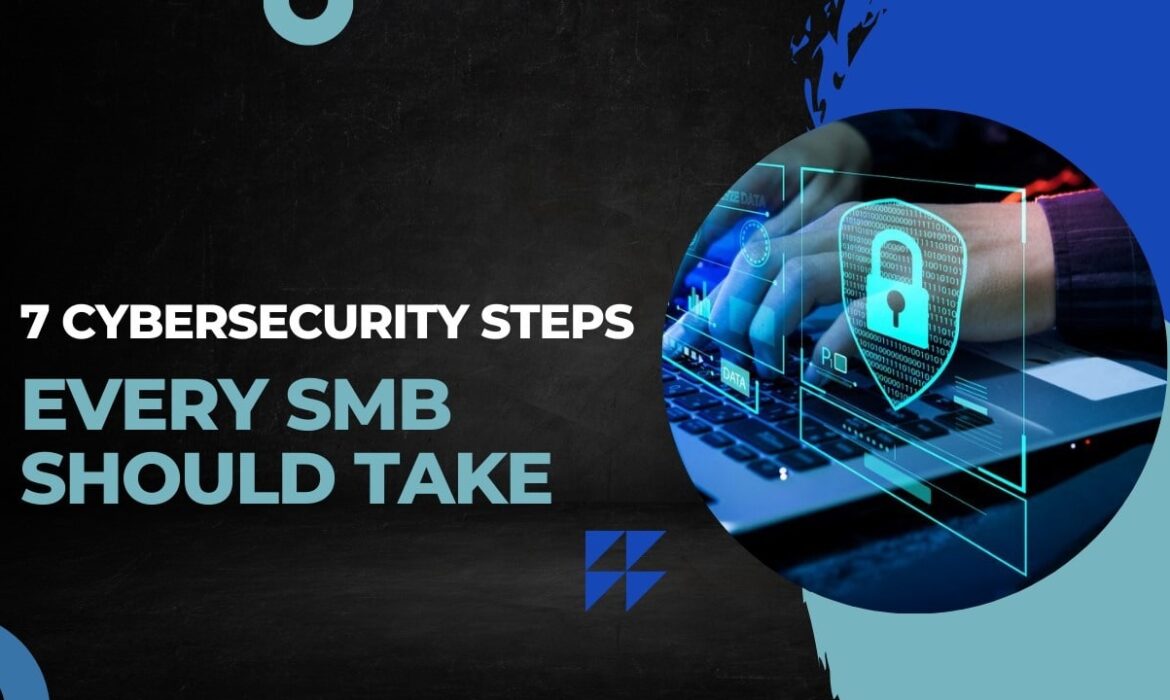Secure Email Gateway: Safeguarding Your Inbox Against Malicious Attacks
In an age of digital communication, email remains an important medium for personal and professional correspondence. But while email is convenient it comes with the ever-present threat of malicious attacks. Cybercriminals are constantly developing sophisticated ways to exploit vulnerabilities and compromise sensitive information. In order to strengthen your email security, organizations and individuals alike are turning to one of the most important aspects of cybersecurity – a secure email gateway.
Understanding the Threat Landscape:
Malicious email attacks come in many forms, including phishing, ransomware, malware, and social engineering. These threats are designed to deceive recipients, access unauthorized systems, steal sensitive information, or disrupt operations. Understanding how these attacks are evolving is the first step in implementing an effective security strategy.
The role of a secure email gateway:
Secure email gateways act as a filter between the email server and the recipient’s inbox, scrutinizing incoming emails for possible threats. Its primary purpose is to detect and prevent malicious content before it reaches the user. Here are the main features and benefits.
Enhanced Risk Identification:
SEG uses advanced threat detection techniques including machine learning, heuristics and signature-based detection to identify known and emerging threats. Real-time analysis of email content, attachments, and links helps identify patterns and bad practices.
Also Read: Top Cybersecurity Trends 2024 You Need to Know
Spam filtering:
By filtering out spam and unwanted emails, SEG reduces clutter in the inbox, allowing users to focus on quality communication.
Spam filtering also plays a role in preventing phishing attacks as well, since many phishing attempts come from spam emails.

URL and link security:
SEG scans and analyzes URLs and links in emails to identify potential phishing or malicious websites.
It blocks access to suspicious links, and protects users from visiting harmful websites that could inadvertently compromise their security.
Data Loss Prevention (DLP):
DLP Data Loss Prevention features in SEG help prevent unauthorized sharing of sensitive information. It analyzes incoming emails for confidential data and enforces data leakage prevention policies.
Encryption and Authentication:
SEG supports email encryption to protect message content, and ensures that information remains private even when blocked.
Authentication techniques, such as DMARC (Domain-based Message Authentication, Reporting, and Conformance) help prevent email spoofing and phishing attacks.
Best practices to implement:
For a secure email gateway to work properly, consider the following best practices.
Regular updates and patching:
Update the SEG system with the latest security patches to address vulnerabilities and ensure optimal security.
Staff Training:
Educate users on email security best practices, including detecting phishing attempts, verifying sender authenticity and avoiding suspicious link clicks.
Multiple layers of protection:
Integrate SEG with other security mechanisms such as endpoint security and network security to create a multi-layered defense against a variety of cyber threats.
Conclusion:
With email being the cornerstone of communication, the importance of protecting this channel cannot be overstated. Secure email gateways are an integral part of a comprehensive cyber security system, providing robust protection against malicious email attacks. By implementing advanced threat detection, spam filtering and encryption, organizations and individuals can protect their sensitive information and maintain a secure digital communications environment Investing in secure email gateways in is an investment in your digital infrastructure’s resilience against the ever-evolving landscape of cyber threats. Contact us at Green Edge Computers to know more.
Top Cybersecurity Trends 2024 You Need to Know
Cybersecurity Trends 2024 : In the ever-evolving landscape of digital technology, staying ahead of cybersecurity trends is crucial to safeguarding sensitive information and maintaining the integrity of digital ecosystems. As we approach 2024, the cybersecurity landscape is poised for significant transformations, with emerging threats and innovative solutions shaping the industry. In this comprehensive guide, we will delve into the top cybersecurity trends for 2024 that every individual and organization should be aware of to ensure robust digital defense.
1. Artificial Intelligence (AI) and Machine Learning (ML) in Cybersecurity
Artificial Intelligence and Machine Learning are set to play pivotal roles in cybersecurity strategies in 2024. These technologies enable faster threat detection and response by analyzing vast datasets to identify patterns and anomalies. AI-driven cybersecurity solutions can adapt and learn from new threats, enhancing the overall resilience of security systems.
2. Zero Trust Security Model
The Zero Trust security model is gaining prominence as organizations move away from traditional perimeter-based security. In 2024, the focus will be on continuous authentication and authorization, ensuring that no entity, whether inside or outside the network, is automatically trusted. This approach adds an extra layer of security, reducing the risk of unauthorized access and potential breaches.
3. Quantum-Safe Cryptography
With the advent of quantum computing, the encryption landscape is at risk. In response, the cybersecurity industry is developing quantum-safe cryptographic algorithms to protect sensitive data from the threat of quantum attacks. Organizations need to prepare for the post-quantum era by adopting quantum-resistant encryption methods.
4. Cloud Security Evolution
As cloud adoption continues to rise, so does the need for robust cloud security measures. In 2024, cybersecurity trends will focus on securing cloud environments, emphasizing configurations that prioritize data privacy and compliance. Multi-cloud security strategies and tools that provide visibility into cloud-based assets will be crucial for organizations.
5. Extended Detection and Response (XDR)
Extended Detection and Response (XDR) solutions will become increasingly prevalent in 2024. XDR integrates various security products and correlates data from multiple sources to provide a comprehensive view of potential threats. This holistic approach enhances the efficiency of threat detection and response, minimizing the impact of cyber incidents.
6. Internet of Things (IoT) Security
The proliferation of IoT devices introduces new vulnerabilities to networks. In 2024, cybersecurity strategies will include robust measures to secure IoT devices and networks, addressing potential entry points for cyber threats. The focus will be on implementing security measures at both the device and network levels to mitigate risks associated with the expanding IoT ecosystem.
7. Biometric Authentication
Biometric authentication, such as fingerprint scanning and facial recognition, will continue to gain traction as a secure method of identity verification. In 2024, we can expect increased integration of biometric authentication in cybersecurity protocols, providing a more secure and user-friendly alternative to traditional password-based systems. Contact us at Green Edge Computers to know more.
8. Supply Chain Security
As cyberattacks on the supply chain become more sophisticated, ensuring the security of the entire supply chain will be a top priority in 2024. Organizations will focus on vetting and securing third-party vendors, implementing secure development practices, and enhancing visibility into supply chain activities to mitigate the risk of supply chain attacks.
9. Cybersecurity Skills Development
The shortage of cybersecurity professionals is a growing concern. In 2024, there will be a heightened emphasis on Cybersecurity Trends 2024 skills development through training programs, certifications, and educational initiatives. Organizations will invest in building a skilled workforce to effectively combat evolving cyber threats.
10. Regulatory Compliance and Privacy
With an increasing number of data protection regulations globally, organizations will prioritize compliance with regulatory frameworks in 2024. Ensuring adherence to privacy laws and data protection standards will be essential to avoid legal repercussions and safeguard customer trust.
In conclusion, as we step into 2024, the cybersecurity landscape is undergoing significant changes. Artificial Intelligence, Zero Trust, Quantum-Safe Cryptography, Cloud Security, XDR, IoT Security, Biometric Authentication, Supply Chain Security, Cybersecurity Skills Development, and Regulatory Compliance are the key trends that will shape the industry. Staying informed and implementing proactive cybersecurity measures based on these trends is critical for individuals and organizations alike. By embracing these advancements, we can collectively fortify our digital defenses and navigate the evolving cybersecurity landscape with resilience and confidence.
Mitigating Cybersecurity Risks In Business Communications
In the fast-paced digital landscape of today’s business world, communication is the lifeblood that keeps organizations thriving. Whether it’s emails, instant messaging, video conferencing, or collaborative platforms, businesses rely heavily on various communication channels to keep operations smooth and efficient. However, with the increasing reliance on technology comes the escalating threat of cybersecurity risks that can jeopardize sensitive information and disrupt business operations. In this blog post, we’ll delve into the challenges posed by cybersecurity risks in business communications and explore effective strategies to mitigate these threats.
Understanding the Landscape of Cybersecurity Risks
The realm of cybersecurity risks in business communications is vast and continually evolving. From phishing attacks and malware infections to data breaches and ransomware, the adversaries are becoming more sophisticated in their techniques. Communication channels that are not adequately secured can serve as entry points for cybercriminals to exploit vulnerabilities, leading to severe consequences for the affected organizations.
Phishing Attacks
Phishing attacks remain one of the most prevalent and insidious threats in the cybersecurity landscape. Cybercriminals often disguise themselves as trustworthy entities to trick individuals into revealing sensitive information such as login credentials or financial details. In the context of business communications, phishing attacks can manifest through deceptive emails, messages, or even fraudulent websites that impersonate legitimate platforms.
Malware Infections
Malware, encompassing viruses, trojans, and ransomware, poses a significant threat to business communication systems. Malicious software can infiltrate networks through seemingly innocuous files or links, compromising the integrity of data and disrupting normal business operations. Once inside a network, malware can quickly spread through communication channels, causing widespread damage.
Data Breaches
Data breaches involve unauthorized access to sensitive information, and they can have severe consequences for businesses. Whether it’s customer data, financial records, or intellectual property, a data breach can lead to reputational damage, legal repercussions, and financial losses. In the context of business communications, compromised accounts or insecure channels can become entry points for attackers to gain unauthorized access.
Also Read: 6 Signs That Your Cybersecurity Posture Needs an Upgrade
Strategies for Mitigating Cybersecurity Risks
As the landscape of cybersecurity risks evolves, so too must the strategies employed by businesses to safeguard their communication channels. Here are several effective strategies to mitigate cybersecurity risks in business communications:
Employee Training and Awareness
One of the first lines of defense against cybersecurity threats is a well-informed and vigilant workforce. Conduct regular training sessions to educate employees about the latest cybersecurity threats, including phishing tactics and social engineering techniques. By raising awareness, employees are better equipped to recognize and report suspicious activities, reducing the risk of falling victim to cyberattacks.
Secure Communication Platforms
Choosing and implementing secure communication platforms is paramount in mitigating cybersecurity risks. Opt for platforms that employ end-to-end encryption, multi-factor authentication, and other robust security measures. Secure communication tools not only protect sensitive data but also ensure the confidentiality and integrity of business conversations.
Regular Security Audits and Assessments
Regularly conduct security audits and assessments to identify and address vulnerabilities in communication systems. This proactive approach helps businesses stay ahead of potential threats by identifying weak points in their infrastructure and implementing necessary security patches and updates.
Strong Password Policies
Enforce strong password policies across all communication channels. Encourage the use of complex passwords and regular password changes to minimize the risk of unauthorized access. Consider implementing biometric authentication or single sign-on solutions to enhance security without sacrificing user convenience.
Email Security Measures
Email remains a primary target for cybercriminals, making robust email security measures essential. Implement email filtering systems to detect and block phishing attempts and malicious attachments. Additionally, educate employees about the importance of verifying email addresses and avoiding clicking on suspicious links.
Endpoint Security
As employees often access business communication channels from various devices, ensuring the security of endpoints is crucial. Implement endpoint protection solutions to detect and mitigate malware threats on devices connected to the business network. Regularly update and patch endpoint software to address known vulnerabilities.
Incident Response Plan
Develop a comprehensive incident response plan to address cybersecurity incidents swiftly and effectively. This plan should outline the steps to be taken in the event of a security breach, including communication protocols, containment measures, and recovery strategies. Regularly test and update the incident response plan to ensure its effectiveness.
Data Encryption
Implement encryption for sensitive data both in transit and at rest. Encryption adds an additional layer of protection to prevent unauthorized access even if communication channels or storage systems are compromised. This is particularly crucial for businesses that handle sensitive customer information or proprietary data.
Vendor Security Assessments
If your business relies on third-party vendors for communication tools or services, conduct thorough security assessments of these vendors. Ensure that they adhere to industry best practices in cybersecurity and have robust security measures in place. Weaknesses in vendor security can expose your organization to additional risks.
Continuous Monitoring and Adaptation
Cybersecurity is an ever-evolving landscape, and organizations must continuously monitor the threat landscape and adapt their strategies accordingly. Implement tools and practices for continuous monitoring of communication systems, and stay informed about emerging threats and vulnerabilities. Regularly update security policies and measures to align with the evolving nature of cybersecurity risks.
Also Read: 7 Cybersecurity Steps Every SMB Should Take
Conclusion
Mitigating cybersecurity risks in business communications is an ongoing and multifaceted effort that requires a combination of technological solutions, employee awareness, and proactive measures. By adopting a comprehensive approach to cybersecurity, businesses can create a secure communication environment that protects sensitive information, preserves business continuity, and instills confidence among stakeholders. As the digital landscape continues to evolve, organizations must remain vigilant and adaptive in their cybersecurity strategies to stay one step ahead of cyber threats. Through a combination of education, technology, and proactive measures, businesses can fortify their communication channels and navigate the digital landscape with confidence.
6 Signs That Your Cybersecurity Posture Needs an Upgrade
In an era dominated by digital advancements, the importance of a robust cybersecurity posture cannot be overstated. As technology evolves, so do the tactics employed by cybercriminals. Organizations must stay ahead of the curve and continuously upgrade their cybersecurity measures to safeguard sensitive data and maintain the trust of their stakeholders. In this blog, we’ll explore six telltale signs that indicate your cybersecurity posture may need an upgrade.
1. Outdated Software and Systems:
One of the most glaring signs that your cybersecurity posture needs attention is the use of outdated software and systems. Legacy systems often lack the latest security patches and updates, making them vulnerable to a variety of cyber threats. Cybercriminals actively exploit vulnerabilities in outdated software, making it essential for organizations to regularly update their systems and retire obsolete technologies.
Upgrading software addresses security concerns and enhances overall system performance and functionality. Employing automated patch management tools can streamline the process of keeping software up to date, reducing the window of opportunity for cyber threats to exploit weaknesses.
2. Increasing Incidents of Phishing Attacks:
Phishing attacks continue to be a prevalent and evolving threat in the cybersecurity landscape. If your organization is experiencing a surge in phishing incidents, it’s a clear indicator that your current defenses may be inadequate. Phishing attacks often involve the use of deceptive emails or messages to trick users into revealing sensitive information or downloading malicious content.
Upgrading your cybersecurity posture involves implementing advanced email filtering solutions, conducting regular phishing awareness training for employees, and deploying multi-factor authentication (MFA) to add an extra layer of security. By staying ahead of phishing trends, organizations can significantly reduce the risk of falling victim to these deceptive tactics.
3. Inadequate Employee Training and Awareness:
Human error remains a significant factor in cybersecurity breaches. If your employees lack sufficient training and awareness regarding cybersecurity best practices, it’s time for an upgrade. A well-informed workforce is a critical line of defense against cyber threats.
Investing in comprehensive cybersecurity training programs, conducting simulated phishing exercises, and fostering a culture of cybersecurity awareness can empower employees to recognize and respond to potential threats. Regular updates and refresher courses ensure that employees stay informed about the latest cyber threats and mitigation strategies.
Also Read: 7 Cybersecurity Steps Every SMB Should Take
4. Insufficient Data Encryption:
As data becomes a more valuable commodity, the need for robust encryption measures becomes increasingly vital. If your organization does not have a comprehensive data encryption strategy in place, it’s a sign that your cybersecurity posture needs enhancement. Encryption protects sensitive information by converting it into unreadable code, making it challenging for unauthorized users to access or decipher.
Upgrade your cybersecurity measures by implementing end-to-end encryption for communication channels, encrypting sensitive data at rest, and adopting secure protocols for data transmission. This ensures that even if a cyber threat gains access to the data, it remains unintelligible without the proper decryption key.
5. Lack of Incident Response Plan:
In the face of a cyberattack, a well-defined incident response plan can distinguish between containment and widespread damage. If your organization lacks a comprehensive incident response plan or if the existing plan is outdated, it’s a clear signal that your cybersecurity posture needs attention.
An effective incident response plan should include clear protocols for identifying, containing, eradicating, recovering from, and reporting cybersecurity incidents. Regularly testing and updating the incident response plan ensures its effectiveness when a real threat arises. Training key personnel to execute the plan efficiently is equally crucial.
Also Read: What is an email secure server and what are its advantages?
6. Absence of Regular Security Audits:
Regular security audits are an essential component of a proactive cybersecurity strategy. If your organization is not conducting regular audits to assess vulnerabilities and identify potential weaknesses, it’s a sign that your cybersecurity posture may be falling behind.
Schedule periodic security audits to evaluate the effectiveness of existing security measures, identify areas for improvement, and ensure compliance with industry standards and regulations. These audits may include vulnerability assessments, penetration testing, and compliance checks. The insights from audits inform strategic decisions for upgrading and maintaining a resilient cybersecurity posture.
In conclusion, a proactive and adaptive approach to cybersecurity is essential in the ever-evolving digital landscape. Recognizing these signs and taking decisive action to upgrade your cybersecurity posture can mitigate risks, safeguard sensitive data, and fortify your organization against the evolving threat landscape. By staying ahead of cyber threats, you not only protect your organization but also demonstrate a commitment to maintaining the trust of your stakeholders in an increasingly interconnected world.
7 Cybersecurity Steps Every SMB Should Take
Cybersecurity Steps : In an era where technology is an industry core, cybersecurity has become a major concern for businesses of all sizes. Small to medium-sized businesses (SMBs) are no different, as they often lack the many resources and dedicated cybersecurity teams that larger businesses have but neglecting cybersecurity can have significant consequences for SMBs, from data breaches to financial loss to anonymity. To protect their digital assets from damage and maintain the trust of their customers, SMBs must prioritize cybersecurity. In this blog post, we’ll cover seven essential cybersecurity steps that every SMB should take to ensure they’re strongly protected against cyber threats.
Conduct a Risk Assessment
Understanding the specific risks your business faces is the first key to creating an effective cybersecurity strategy. Perform a comprehensive risk assessment to identify potential vulnerabilities and hazards. This includes analyzing your network infrastructure, software configuration, and administrative practices. Consider contacting a cybersecurity professional or using tools to help identify potential vulnerabilities. By thoroughly analyzing your risks, you can tailor your cybersecurity measures to address the specific challenges your SMB faces.
Implement a Robust Firewall
A firewall acts as a digital barrier between your internal network and external threats. SMBs should invest in robust firewall solutions to monitor and manage incoming and outgoing network traffic. This critical cybersecurity program helps prevent unauthorized access, malware attacks, and other cyber threats. Additionally, ensure that the firewall is configured so that its rules and policies are regularly updated to keep pace with evolving cyber threats. Check and maintain your firewall system regularly for optimal protection.
Also Read: What is an email secure server and what are its advantages?
Educate and Train Employees
Cybersecurity Steps : Human error remains one of the most significant contributors to cybersecurity incidents. Equip your employees with the knowledge and skills needed to recognize and avoid potential threats. Conduct regular cybersecurity training sessions to educate them on best practices, such as identifying phishing emails, using strong passwords, and securing sensitive information. Encourage a culture of vigilance and empower employees to report any suspicious activity promptly. Remember, your employees are your first line of defense, and their awareness is critical in maintaining a secure digital environment.
Regularly Update Software and Systems
Outdated software and systems are a common entry point for cyber attackers. Ensure all software applications, operating systems, and security patches are up to date. Make sure there are updates regularly and implement a system to accelerate implementation. Many cyber threats exploit vulnerabilities in older software, making this an important step in reducing the risk of a successful attack. Productivity tools can help monitor and maintain innovation, ensuring that your SMB stays protected against the latest threats.
Also Read: A Comprehensive Guide to Finding the Best Certified Certified in Cybersecurity UAE
Secure Wi-Fi Networks
Unsecured Wi-Fi networks pose a serious threat to SMBs, as they can be used by cybercriminals to gain unauthorized access to sensitive information Use strong encryption protocols such as WPA3 on your Wi-Fi. Exit networks to protect them from unauthorized access. Additionally, change default passwords on router access points to prevent easy exploitation by attackers. Consider creating a separate guest interface to separate your access from visitor-critical business processes. Regularly monitor and inspect your Wi-Fi network to find and address any potential vulnerabilities.
Back Up Data Regularly
For SMBs, data loss can have serious consequences, from business disruption to reputational damage. Implement a regular data backup program to ensure that sensitive information is protected and recoverable in the event of a computer disaster. Choose a reliable backup solution that backs up data on schedule. Keep backups in a secure, off-site location to avoid losing your physical work at your primary place of business. Test the recovery process regularly to ensure that your backup solution is working properly and can recover your data quickly.
Collaborate with Cybersecurity Experts
For low-security SMBs, partnering with cybersecurity experts can provide valuable assistance in building and maintaining a strong cybersecurity posture Consider using a cybersecurity service that will provide specialists with advanced skills and equipment that may be beyond the capacity of the facility. This can include services such as penetration testing, threat intelligence, and 24/7 monitoring. By working with cybersecurity professionals, SMBs can benefit from the latest industry knowledge and stay ahead of emerging cyber threats.
Conclusion
In conclusion, cybersecurity is not a one-time effort but an ongoing commitment that requires attention and investment. SMBs must recognize the importance of securing their digital assets to protect both their business and their customers. By following these seven cybersecurity steps, SMBs can significantly enhance their defenses against the ever-evolving landscape of cyber threats. From risk assessments to employee training and advanced collaboration with cybersecurity experts, each step plays a crucial role in creating a comprehensive cybersecurity strategy tailored to the unique needs of small and medium-sized businesses. As the digital landscape continues to evolve, prioritizing cybersecurity is not just a necessity; it’s a strategic imperative for the sustained success of SMBs in today’s interconnected world. If you are looking for the best cybersecurity companies in UAE, contact us at Green Edge Computers.







